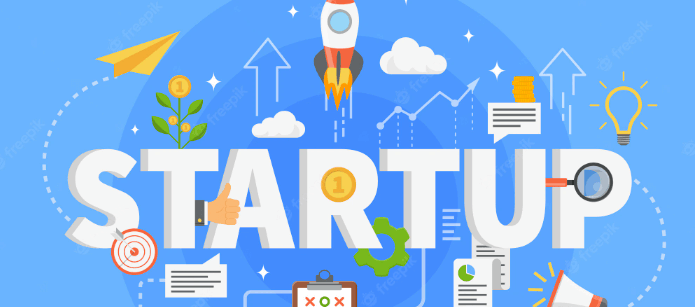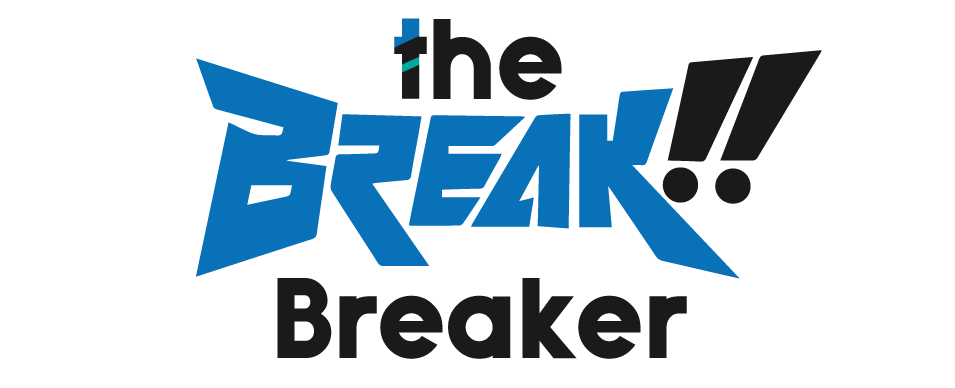
What are the Different Stages in Startup Funding?
Startup funding can be a topic that could be clearer, especially when trying to understand the different stages. There is a lot that everyone has to know while discussing funding, and there are different types of funding stages available; go through the article and get to know about them.
There are Different Types of Funding a Startup Can Pursue When Scaling its Business:
Angel investors and venture capital firms provide seed-stage funding to help companies get off the ground. At the same time, later rounds come from institutional investors like private equity firms and mutual funds.
Companies use the initial public offering (IPO) to sell shares, raise capital, or go public with their stock. Go through the different funding stages and choose the best one that suits your needs.
Seed Stage:
Seed stage funding is the first round of funding a startup receives. This is usually the small round of funding for a startup business, but it’s also the most important. Seed funding is used to validate business ideas and get them off the ground.
It can be difficult to get seed funding because most investors aren’t willing to take a risk at this point, so your idea needs to be strong enough that you can prove yourself as an entrepreneur with little capital. Once you have proven yourself, more investors will be willing to invest money into your company at later stages of development.
Seed funding is usually the first round of funding a startup gets, but it’s only sometimes. Sometimes, companies will get angel or venture capital before they raise their seed round.
Series A, Series B, and Series C Funding:
Venture capital funding is a series of rounds, each with a different name. The first round is Series A and represents the first time your company receives venture capital funding. This can be from angel investors or other private investors. If you have great results in this round, then you may get the opportunity for more venture capital funding in future rounds.
The second round of venture capital funding is called Series B, which usually involves more money than Series A. This stage usually happens after you have demonstrated that your business model works and there’s a demand for what you’re selling before you reach maturity as a startup company.
The third round of venture capital funding is called Series C because it’s happening on top of previous investments made by seed-stage or growth-stage companies in earlier rounds (A & B). It’s also known as Bridge Round because it bridges between early-stage investment rounds into later-stage ones like those labeled “C.”
Initial Public Offering (IPO):
The initial public offering or IPO is the last stage in startup funding. This is the first time a company has offered its shares to the public. It’s expensive and usually reserved for larger companies, so not every startup gets this far—but if you do, it will be one of your most significant accomplishments!
The first thing to know about an IPO is that it’s more complex than just selling shares on the market. The process is long, complicated, and expensive, but it also means you have much more at stake than your idea. The Securities and Exchange Commission (SEC) will now regulate your company.
Conclusion:
It’s always early enough to start planning for your startup’s future. When you think about funding, you might be tempted to focus on everything that’s happening now—but it’s also important to consider what will happen in the future. If your startup is going to be successful, it needs funding at all stages of its life cycle.
Each type of financing has benefits and drawbacks: In some cases, an investment from an individual investor might bring more value than a large company loan or grant. But in other situations, you may need multiple rounds of funding (or even capital) before reaching profitability.



